Introduction
The University of Music Franz Liszt Weimar is a public music school with a long history and a great reputation in Germany. It is committed to cultivating professionals with outstanding talents in many fields such as music performance, composition, and music education, and providing students with comprehensive and in-depth music education and practice opportunities.
Overview
Number of students: The school has a total of 950 students.
Course settings: The school offers courses covering all music disciplines, including undergraduate and graduate courses such as composition, conducting, jazz, musicals, and music education.
History and establishment time
The history of the school can be traced back to 1835, when Franz Liszt proposed the idea of establishing a "progressive music school".
On June 24, 1872, the school was officially established with the efforts of his student Karl Müller-Hartung. It was originally the first orchestral school in Germany, providing vocational education for young men aged 14 to 18, and had close ties with the court orchestra.
1876 In 1920, the school began to recruit young women of the same age for piano and singing teacher training, and added preschool classes for boys and girls aged 10 to 14.
In the 1920s, the school began to pay attention to a wider range of performer training programs, and was officially renamed the State Conservatory of Music in 1930.
In 1956, the school was officially named after Franz Liszt.
School Strength
Teaching Staff: It has a group of teachers with profound attainments and rich experience in the field of music, such as Waldemar von Bausener, Ricardo Gallen, Günter Kallert, etc. They can not only give students professional guidance in teaching, but also have outstanding achievements in music creation and performance, setting an example for students and helping to stimulate their musical potential.
Teaching Resources: The school has four teaching centers of great historical significance, all of which have been fully renovated and equipped to meet the needs of modern music teaching.
Nature of the institution
Public Conservatory of Music.
Educational Philosophy
Focus on cultivating students' music practice ability and artistic expression, emphasizing that through a large number of performances and practical activities, students can continuously improve their music in actual operation. Skills and artistic accomplishment, while also focusing on the imparting of music theory knowledge, so that students have a solid music foundation and profound cultural heritage, laying a solid foundation for their future music career.
Key laboratories and disciplines
Key disciplines: Composition, conducting, piano performance, string performance, vocal singing, jazz music, music education, musicology and other disciplines are the school's key development areas. These disciplines have high levels and characteristics in teaching and research, and have cultivated many outstanding music talents.
Key laboratories: The school has electroacoustic music studios, recording studios, etc., providing students with advanced music creation and recording equipment to help students better practice and innovate music.
Departments
The school has departments such as string music, piano, early music, electroacoustic music, jazz, woodwind and brass, basic music education/rhythmology, musicology, and art management.
Rankings
No authoritative comprehensive ranking of the school that is widely recognized internationally has been found, but as a long-standing and well-known music school in Germany, the school has a high reputation and influence in the field of music education.
Fees
Tuition fees: As a public institution, tuition fees are usually relatively low, about a few hundred euros per semester, but the specific tuition fees may vary depending on the major and course, and you need to further check the school's official website or consult the school's admissions department for confirmation.
Other fees: Students need to pay some miscellaneous fees, such as registration fees, textbook fees, etc., as well as living expenses, including accommodation, food, transportation, etc. In Weimar, the monthly living expenses budget is about 700 euros to 1000 euros.
Campus
Location: The school is located in Weimar, Thuringia, Germany. Weimar is one of the important birthplaces of German culture, with rich historical and cultural heritage and a strong artistic atmosphere, providing students with a good learning and creative environment.
Campus facilities: The school's main building is the "Fürstenhaus" located in Democracy Square, which was built in the 1770s. It has departments such as string, piano, early music, as well as electroacoustic music studios, recording studios and libraries; the monastery building "Am Palais" is the classroom for school and church musicians; the university center in Horn overlooks the beautiful city scenery on the Ilm River and has departments such as jazz, woodwind and brass, basic music education/rhythmology, musicology and art management, as well as the Thuringia Regional Music Archive; In addition, the Knight's Building in the Belvedere Palace Landscape Park on the edge of the city is a place for singers, guitarists and accordionists to practice and learn. The park is also the location of the Weimar Music High School, whose students can receive lectures from professors and lecturers of the Weimar Conservatory of Music.
-
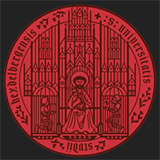
Heidelberg University
-
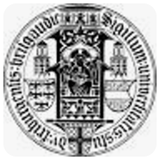
University of Freiburg
-
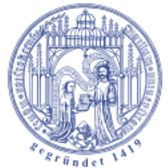
University of Rostock
-

University of Marburg
-

University of Jena
-
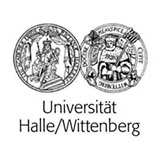
University of Halle-Wittenberg
-

University of Bayreuth
-

Leipzig University
-

University of Tübingen
-
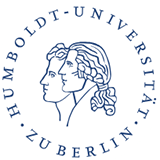
Humboldt University of Berlin
-

Mesoamerican University
-

Istmo University
-
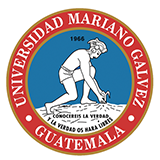
Mariano Galvez University of Guatemala
-
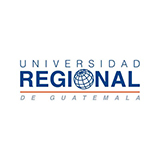
Regional University of Guatemala
-
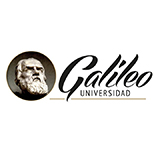
Galileo University
-

Francisco Marroquín University
-

Rafael Landívar University
-
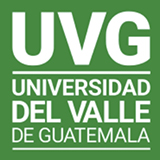
University of the Valley of Guatemala
-

University of San Carlos of Guatemala
-

Technological Institute of Tlaxcala Plateau
-

Golfo University
-
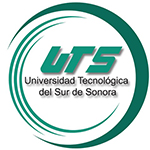
Technological University of South Sonora
-
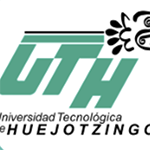
Technological University of Huejotzingo
-

Tizimín Institute of Technology
-

Chilpancingo Institute of Technology

